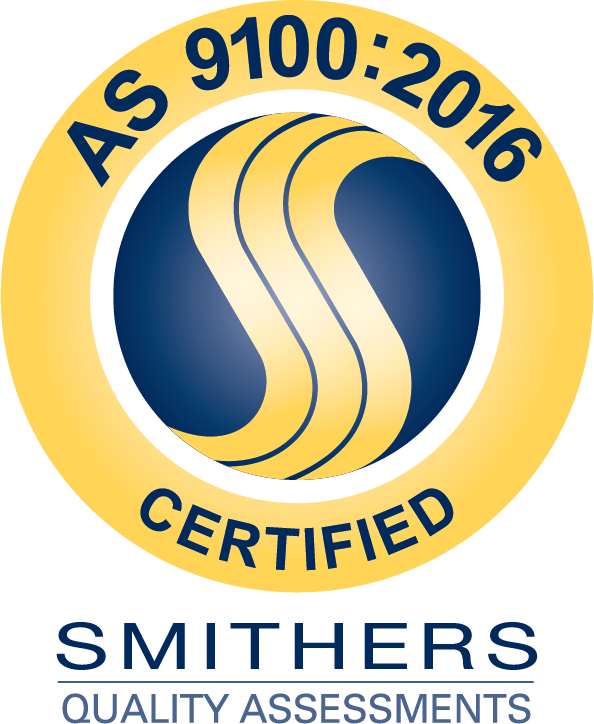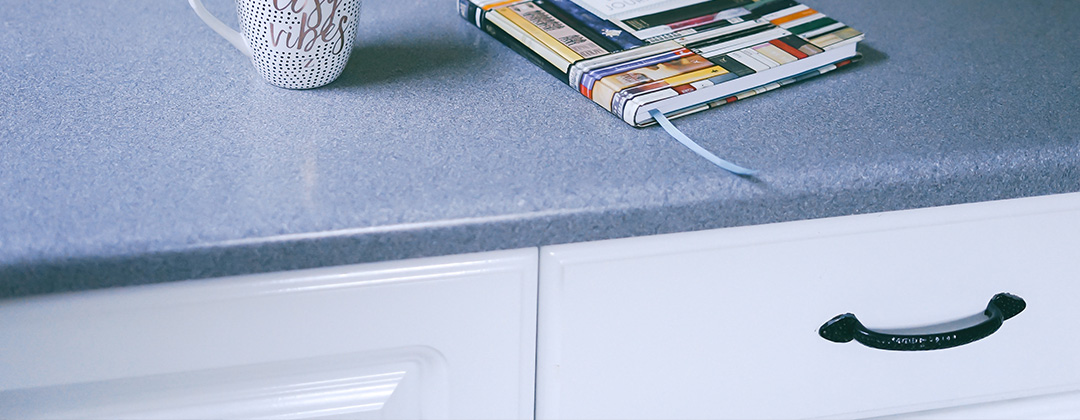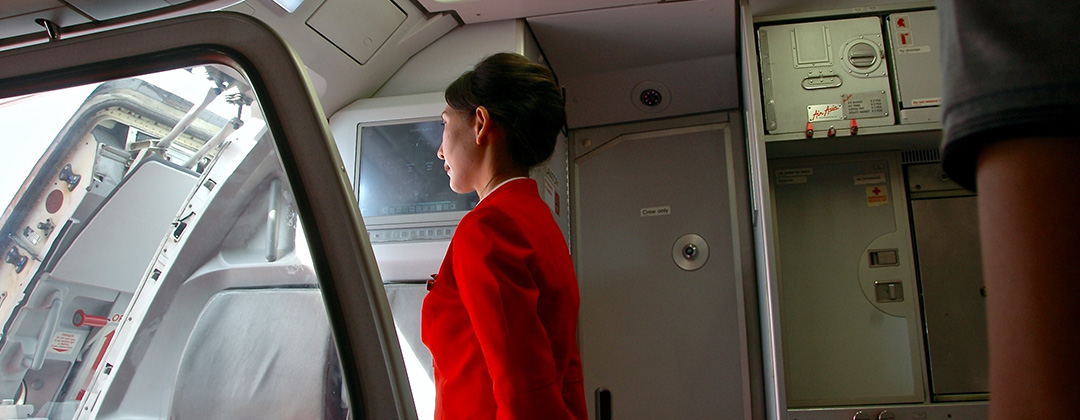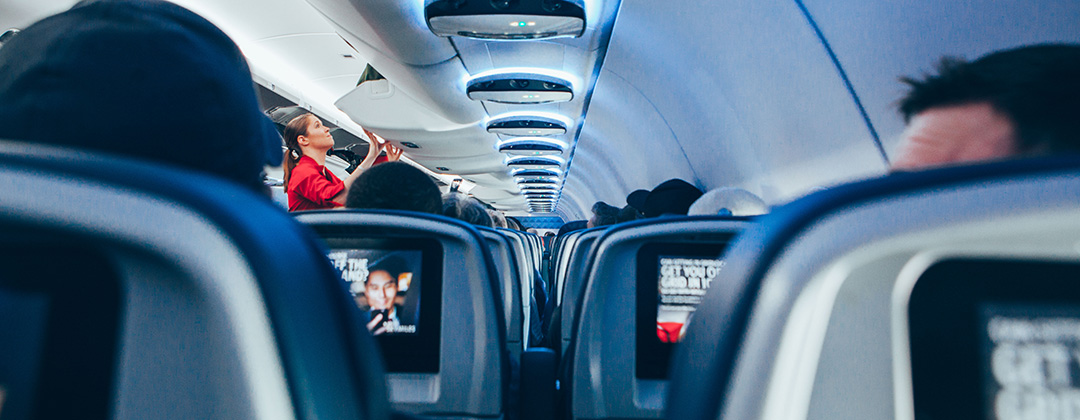Anybody who’s left a material like paint or ink out to dry knows how frustrating that process can be. It’s time-consuming, finicky and not always guaranteed to dry in the way you desire, even when conditions are ideal. That’s why manufacturers have turned to UV curing, a process that allows for the instant “drying” of specialized coatings, inks and adhesives.
UV curable inks and coatings were initially created as an alternative to solvent-based products. Conventional heat and air drying work through a process of solvent evaporation, which can wind up shrinking the initial coating application by more than 50 percent. Not to mention, it’s not the most environmentally friendly option.
By instead exposing products to concentrated, high-intensity ultraviolet light, the material in which that product is coated is made to set instantly and with much greater strength than if it had been allowed to dry conventionally. But what are the particulars of this process, and how can it be used to improve your company’s products and environmental footprint?
What Is UV Curing?
As we touched on above, UV curing is a photochemical process that instantly cures or “dries” inks, coatings or adhesives using UV light. UV formulations are liquid monomers and oligomers mixed with a small percentage of photoinitiators which are then exposed to UV energy. In just a few seconds, the formulation hardens or cures and is then ready for the next processing step.
Both low- and high-pressure laminates begin as a film and go through this UV curing process. Both also allow for B-stage curing, which means that the film can be partially cured by a third party, such as Duracote. The laminates are then provided to you for application to the substrate and the final curing stage.
What Types of Lamps Are Used?
Did you know it’s not technically correct to refer to UV curing as a “drying” process? This is due to the fact that the UV process is based on ultraviolet light instead of heat. The lamps that produce it are categorized by the frequency of their light or by the way in which they produce or distribute that light. The following are types of ultraviolet lamps most often used in the UV curing process.
Mercury Vapor Lamp (H Type)
This lamp outputs light in the range between 220 and 320 nm (nanometers). It’s excellent for clear coatings and thin layers of ink thanks to the resulting high gloss and improved durability of exposed finishes and surface cures.
Mercury Vapor Lamp With Iron Additive (D Type)
Adding iron adjusts the output of a mercury vapor lamp, ranging from 350 to 400 nm. This type of lamp works especially well with strongly pigmented inks and adhesives, as well as with thicker layers of clear materials.
Mercury Vapor Lamp With Gallium Additive (V Type)
The addition of gallium, on the other hand, adjusts this lamp’s output to 400 to 450 nm. It’s best when used for curing white pigmented inks and coatings that contain titanium dioxide.
Fluorescent Lamps
Fluorescent lamps are typically used when a manufacturer wishes to avoid the heat produced by a mercury vapor lamp, or when an item being cured needs to be surrounded by light. Additionally, fluorescent lamps can produce ultraviolet light anywhere within the UVA/UVB spectrum and require less energy than mercury lamps.
The downside is that fluorescent lamps are not quite as efficient as mercury vapor lamps at producing ultraviolet light, which can lead to slower curing or the need to use multiple fluorescent lamps on one item.
LEDs
LEDs are extremely specialized lamps that emit ultraviolet light within a very narrow spectrum (typically 10 nanometers). LED lamps, while extremely expensive, can last up to 10 times longer than other UV lamps and require no startup or cool down period.
In 2019, Duracote upgraded from fluorescent lamps to LEDs. This increased our efficiencies by reducing the amount of energy used, allowed us to increase our run speeds and better control our level of cure across the web.
When the light produced by one of these lamps is exposed to a specially-formulated ink or adhesive, it activates a photochemical reaction within that material that causes it to harden in a matter of seconds. The result is a coating that loses no volume or thickness in the process and features superior bonding and resistance over conventionally dried coatings.
What’s more, UV curing has proven to be faster than traditional drying and more cost-effective, as UV curing typically requires less than half the amount of coating required by conventional drying. That conservation of resources also makes UV curing environmentally friendly. Also, the lack of evaporation involved eliminates the environmental pollutants typically released by the drying process.
What Can Be Dried Using UV Curing?
Duracote has the capability to cure both adhesives and coatings through the use of UV light polymerization. This innovative technology is ideal for substrates that may be temperature sensitive, like paper or thermoplastic films. All thermally fused laminates offered by Duracote are B-staged for your convenience. But we also offer complete cure solutions if needed. Duracote’s UV curing can be used on the following products:
- Laminating adhesives
- Pressure-sensitive adhesives
- B-staged thermosetting compounds
- Release coatings
- Coatings for abrasive resistance
- Coatings for chemical protection
- Coatings for moisture resistance
- Coatings for anti-static dissipation
- Coatings for antimicrobial protection
- Etc.
Learn More About Duracote’s UV Curing Capabilities
Through the use of Duracote’s extensive industry knowledge and capabilities, we’re able to custom formulate, compound and coat, all within our massive facility in Northeast Ohio. With the help of our product development experts and UV curing equipment, you can achieve a thermally fused laminate that best meets your needs — and your customers’ demands. Have a question or need more information about our UV curing process? Reach out to our customer service team today.



